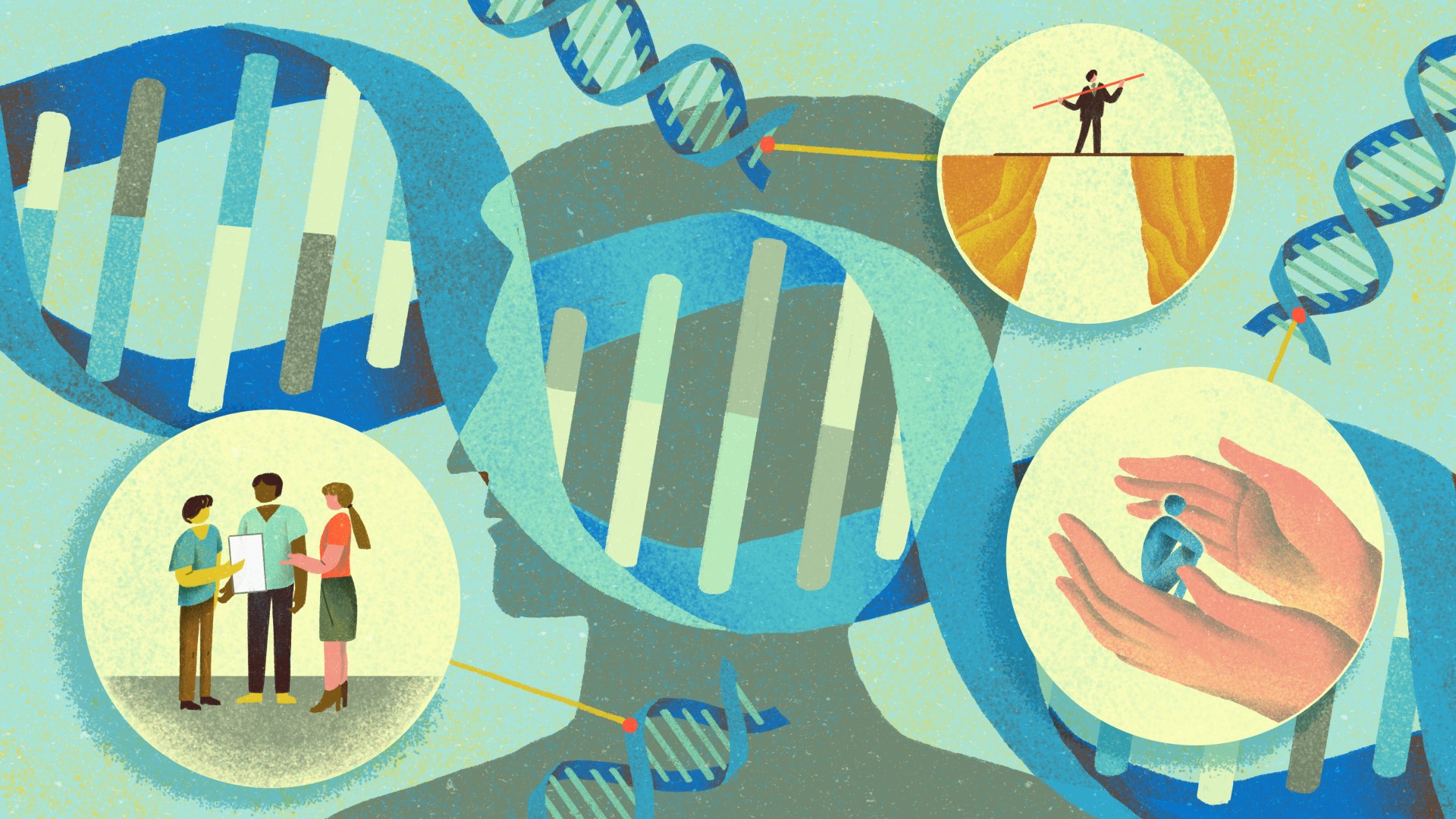The ability to write checks with multiple zeros may be the first thing that comes to mind when it comes to what high-capacity givers have in common. But stories and statistics alike reveal that impact-driven givers have much more in common than sizable bank accounts. Today’s financial supporters give in ways that go far beyond the old definitions of what it means to be a donor.
In fact, high-capacity givers don’t tend to think of themselves as donors at all. Instead, these individuals conceive of themselves as resource partners who actively work with ministries and nonprofit organizations to act out their mission and vision.
While tax write-offs make good financial sense to the mind, giving with purpose taps into the heart. Givers view charitable giving as no different than the way they structure their business and personal investments—they’re playing the long game with a focus on the big picture. These resource partners have skin in the game and expect a meaningful return on their kingdom investments—one that testifies to good stewardship and strategic, high-impact endeavors.
While there are many common characteristics shared by resource partners, three such traits paint a picture of high-capacity, impact-driven partners. These characteristics shed light on the many ways that the biggest givers go beyond generosity, prioritize wise philanthropic practices, and point the way toward effective, meaningful kingdom investing.
Care about Suffering and Injustice
The high-capacity, impact-driven giver intentionally supports causes, ministries, and organizations that seek to right wrongs and lift up the oppressed. While committed givers have long been invested in relieving suffering and addressing injustice, the last several decades have shown a heightened interest in finding innovative ways to address these types of problems and spread the gospel.
For example, while evangelical givers have long focused on ministries like Bible translation, church planting, and discipleship, many are now also interested in combining those efforts with solutions that alleviate poverty, hunger, and homelessness.
This is especially true among younger givers. Millennials and Gen Z individuals gave more than any other generation during the COVID-19 pandemic, compelled by the severity and immediacy of the physical needs around them. Those younger generations are on the cusp of increasing their capacity for even more giving: the wealthiest generation in American history—the baby boomers—is in the midst of passing down $30 trillion to younger generations.
It’s very likely, then, that charitable giving will continue to trend in a holistic direction as givers choose to support organizations that meet the spiritual, physical, emotional, and mental health needs of individuals.
Value True Partnership
The era of givers as supporters and organizations as implementers is slipping into the past. Impact-driven resource partners are changing both their involvement style and image by looking for—if not insisting upon—opportunities for collaboration in ministry plans and execution of ministry goals.
In other words, today’s impact-driven givers are not individuals who want to swipe their credit cards to make donations for the tax write-offs, not thinking about the cause again until April 15. Instead, these are financial contributors who see themselves as partners. Giving financially is only one part of how they understand themselves as a supporter. They also want to apply their education, experience, and knowledge through participation in organizational project planning, implementation, and mobilization.
With this desire comes an expectation of collaboration, transparency, accountability, and direct interaction with ministry partners on the ground. Engagement at this higher level means that givers and organizational leaders have greater opportunities to get to know one another and see how their skills, visions, and goals can complement one another in ministry. It also increases the potential for ministries to discover new or improved ways to serve, as resource partners bring a range of perspectives and various areas of expertise to the table.
Take Risks and Experiment
“The safer you play your plans for the future, the riskier it actually is,” writes Seth Godin in his book, Tribes. “That’s because the world is certainly, definitely, and more than possibly changing.”
The fact that the world is always shifting and reorienting makes perfect sense to today’s high-capacity, impact-driven resource partners. The vast majority of these people could not have generated the wealth they possess without taking risks, experimenting, and even failing at various points in their careers. So, when it comes to philanthropy, they expect—and enjoy—a certain amount of courage and willingness to give new ideas a try to see if they work.
Ministries, on the other hand, often take a cautious approach to their projects and programs—and for understandable reasons. They often have limited resources, and their leaders rightly feel a strong obligation to steward the donations they receive carefully. Resource partners, though, recognize that innovation is critical for honing and executing an organization’s mission as effectively as possible. They believe that innovation is part of stewardship, not its opposite.
Identifying and investing in organizations that are willing to experiment and take reasonable risks has been—and, seemingly, will continue to be–a hallmark of the impact-driven giver.
Detached Donor to Purposeful Partner
Do you want to make a difference by financially investing in effective ministries? Are you interested in what it means to be more than a donor? The experienced givers at Strategic Resource Group can help you learn more about stewardship, generosity, and meaningful collaboration.
Interested in learning more? Email Strategic Resource Group at impact@srginc.org.
Posted


